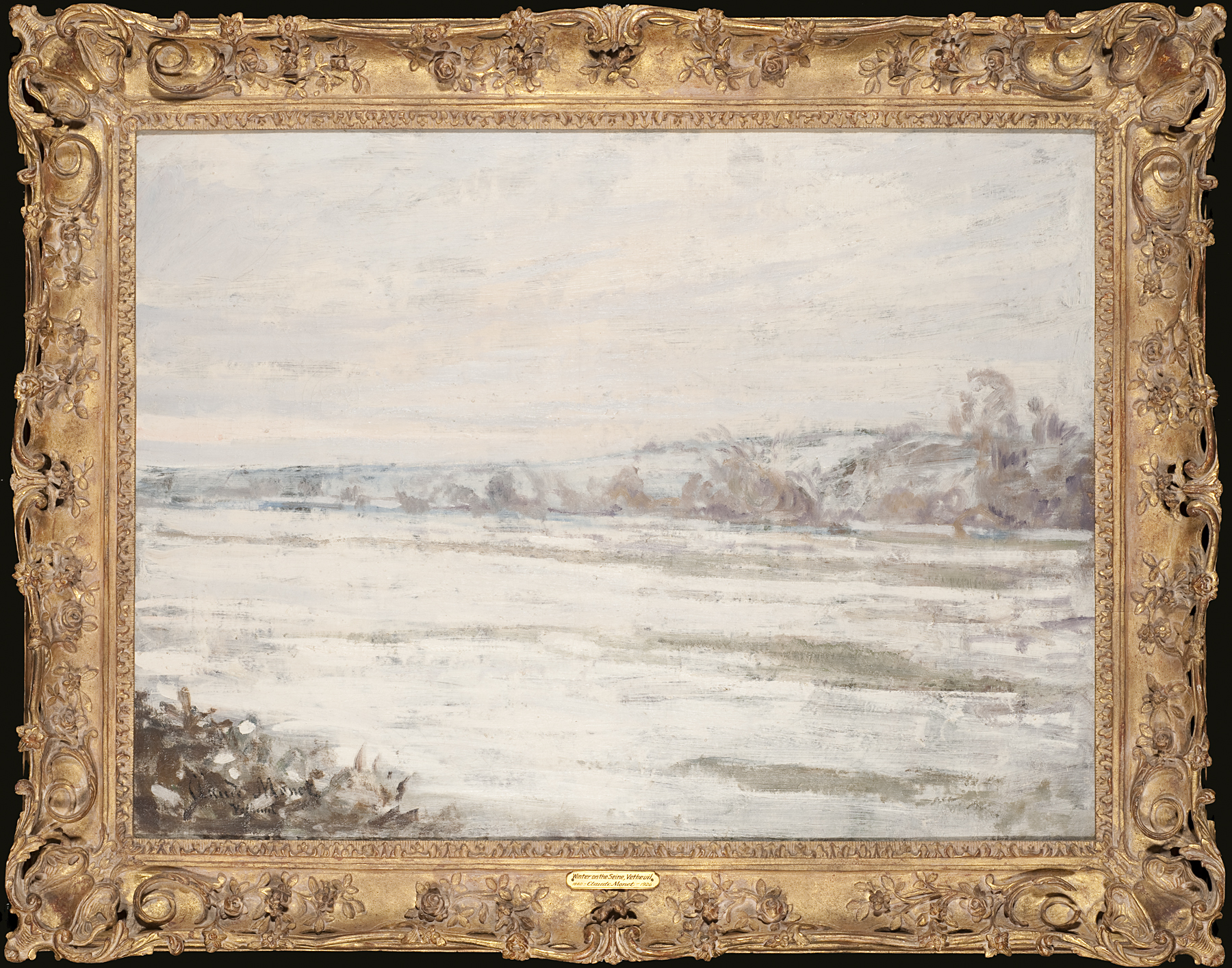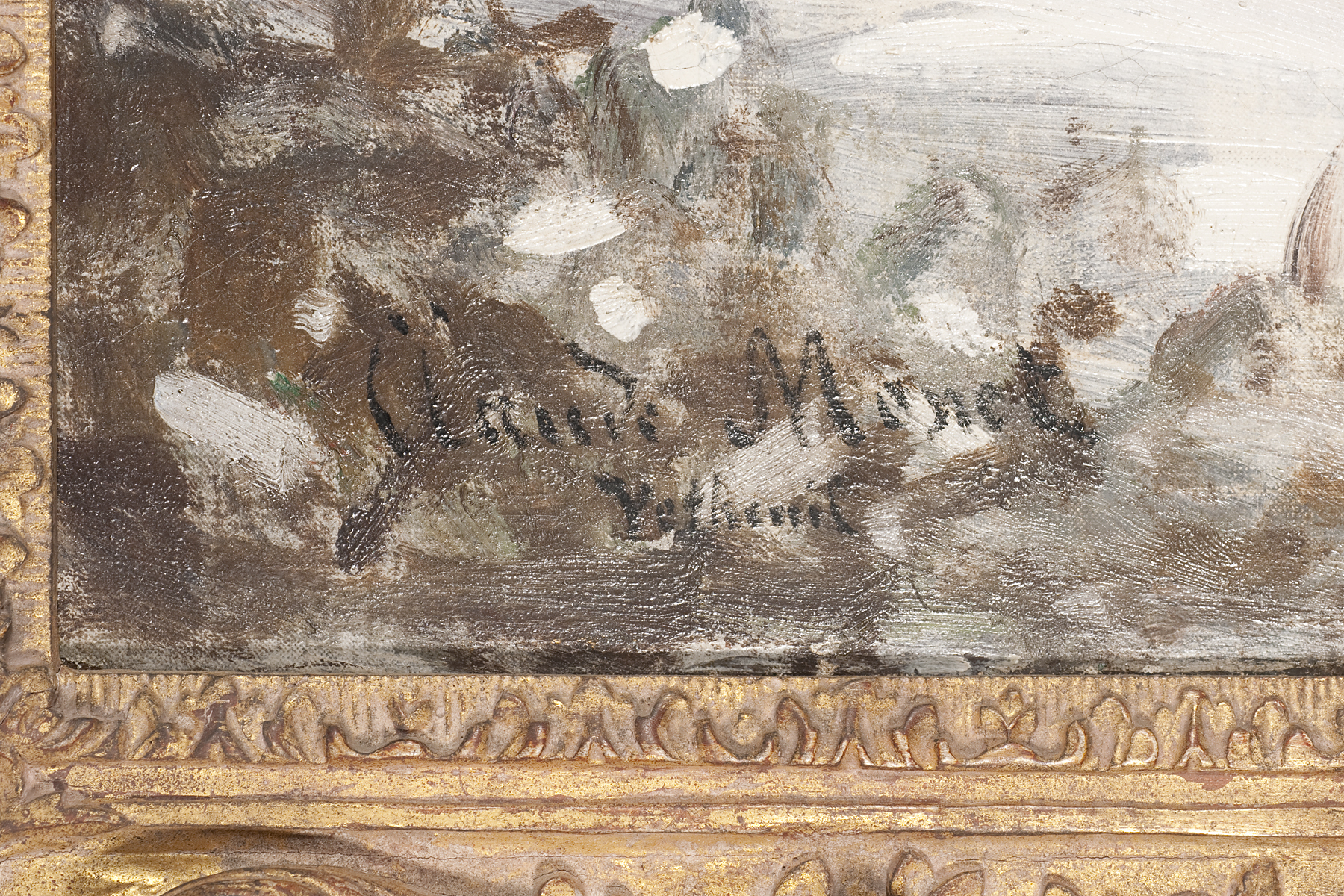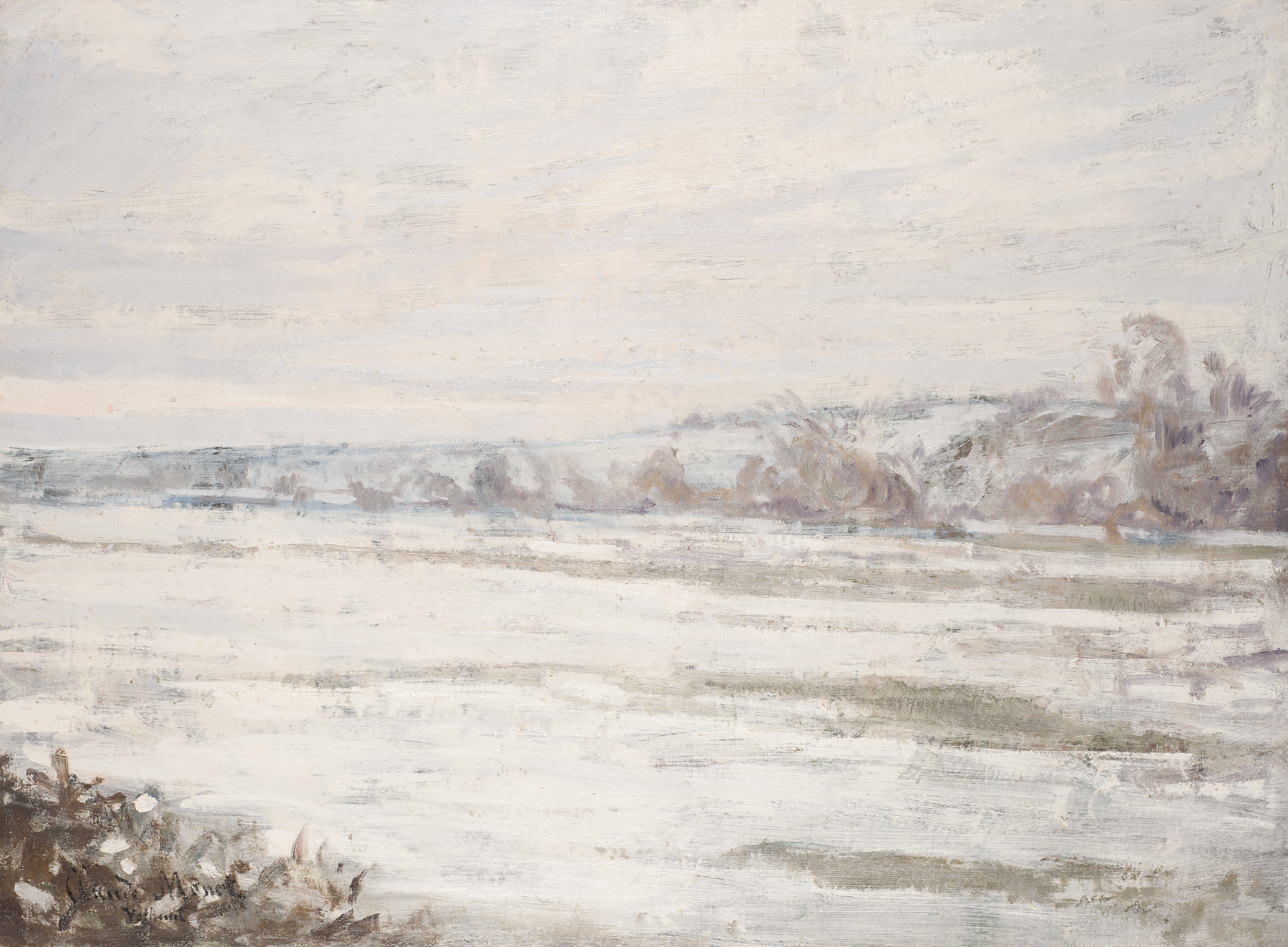Winter on the Seine, Vetheuil, unknown maker from France
Artwork Overview
Winter on the Seine, Vetheuil
, 1880–1895
Where object was made: France
Material/technique: oil; canvas
Dimensions:
Canvas/Support (Height x Width x Depth): 33 x 31 cm
Canvas/Support (Height x Width x Depth): 13 x 12 3/16 in
Canvas/Support (Height x Width x Depth): 33 x 31 cm
Canvas/Support (Height x Width x Depth): 13 x 12 3/16 in
Credit line: Gift of William A. Findlay
Accession number: 1960.0073
Not on display
If you wish to reproduce this image, please submit an image request




